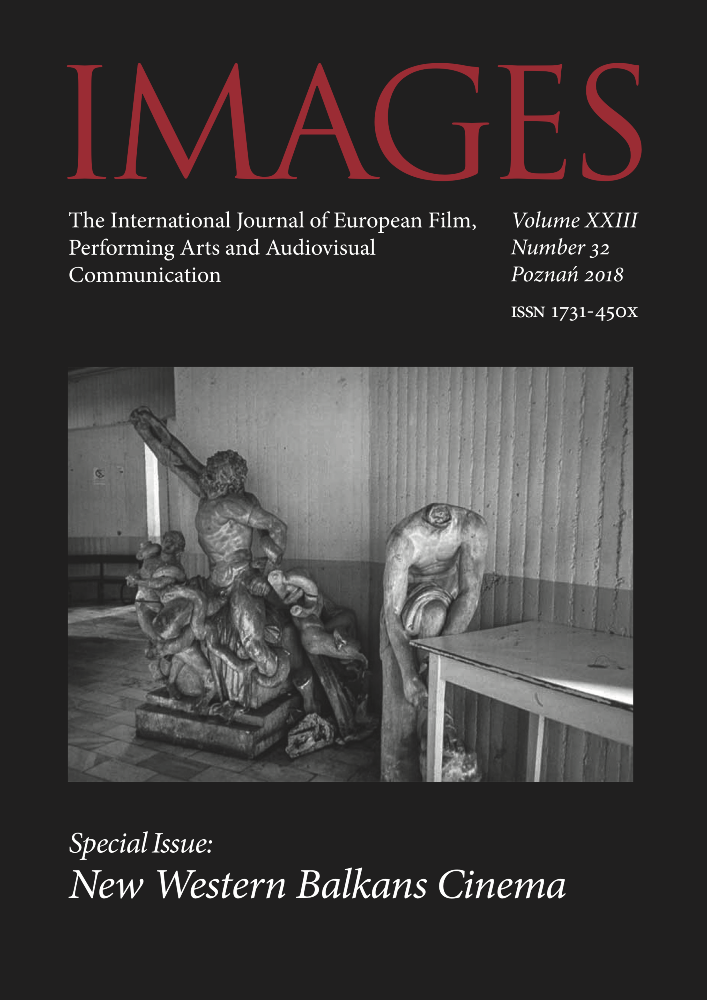Abstrakt
The author assumes that the curiosity is a type of human expression. It can manifest in various languages and people’s behaviors, e.g.: verbal, mimic, gestural, costume and also by props, hairstyles, makeup etc. Regardless of differences between particular manifestations of the curiosity it is always semiotic. Freaks, eccentrics and weirdos disturb human community’s order and call into question established norms. They do that by their specific behaviors, appearances and individualism. They rectify, transform and change the social reality. The artistic curiosity not infrequently turn out to be the metaphor of an individual lifestyle (e.g. Witkacy, Dali). Freaks in the world of culture are not either savages or barbarians. They express themselves as well as they express their distance from the cultural system. In connection to this thesis, the author assumes that the curiosity is culture-producing.
Bibliografia
Abriszewski K., Poznanie, zbiorowość, polityka. Analiza teorii aktora-sieci Bruno Latoura, Kraków 2008.
Aronson E., Ludzie, którzy postępują anormalnie, niekoniecznie muszą być szaleńcami, w: E. Aronson, Człowiek istota społeczna, przeł. J. Radzicki, Warszawa 1998.
Caillois R., Żywioł i ład, przeł. A. Tatarkiewicz, Warszawa 1973.
Debord G., Commentaires sur la société du spectacle, Paris 1988.
Debord G., La société du spectacle, Paris 1967.
Debord G., Społeczeństwo spektaklu, przeł. M. Kwaterko, Warszawa 2006.
Douglas M., Ukryte znaczenia. Wybrane szkice antropologiczne, przeł. E. Klekot, Kęty 2007.
Eco U., Semiologia życia codziennego, przeł. J Ugniewska, P. Salwa, Warszawa 1996.
Foucault M., O pożytku z wolności, w: M. Foucault, Historia szaleństwa w dobie klasycyzmu, przeł. H. Kęszycka, Warszawa 1987.
Goffman E., Analiza ramowa. Esej z organizacji doświadczenia, przeł. S. Burdziej, Kraków 2010.
Goffman E., Człowiek w teatrze życia codziennego, przeł. H. Datner-Śpiewak, P. Śpiewak, Warszawa 2000
Jung G.C., Typy psychologiczne, przeł. R. Reszke, Warszawa 1997.
Kępiński A., Melancholia, Warszawa 1974.
Lakoff G., Johnson M., Metafory w naszym życiu, przeł. T.P. Krzeszowski, Warszawa 1988.
Laszlo E., Systemowy obraz świata, przeł. U. Niklas, Warszawa 1978.
Latour B., Splatając na nowo to, co społeczne. Wprowadzenie do teorii aktora-sieci, przeł. K. Abriszewski, A. Derra, Kraków 2010.
Sznajderman M., Błazen. Maski i metafory, Warszawa 2014.
Witkiewicz S.I., Uśmiech kretyna, w: S.I. Witkiewicz, Narkotyki – niemyte dusze, Warszawa 1979.
Licencja

Utwór dostępny jest na licencji Creative Commons Uznanie autorstwa – Użycie niekomercyjne – Bez utworów zależnych 4.0 Międzynarodowe.
